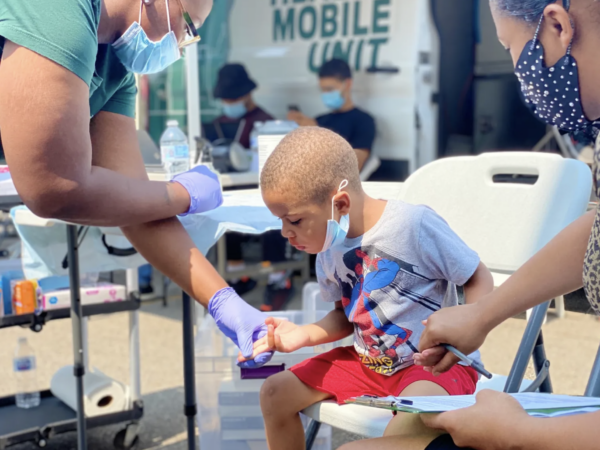
This lesson will explore the phenomenon of wind in the winter through the pastime of ice boating to learn about the science behind how winds are produced, sailboats move, and how wind can be a renewable source of energy. Learners will engage in design projects to build a wind-powered sail cart, anemometer, and windmill.

Lesson Objectives
- Know about the pastime of ice boating and how the boats utilize the wind to move
- Understand how to measure wind speed and how an anemometer works
- Be able to engineer a wind-powered sail cart to compete in a race against peers
View the entire lesson plan including teacher background information, worksheets and more below or download for free here.
Activity 1
This activity is a video discussion of a Great Lakes Now episode segment that discusses ice boating around the Great Lakes. During the video students need to jot down four things they took away from it.
Watch a Great Lakes Now Segment
Activity 2
This activity aims to provide students an understanding of what it’s like to depend on the wind for travel as they learn what it’s like to sail across three of the Great Lakes aboard a sailboat in a single summer.
Read About Sailing Across 3 Great Lakes
Activity 3
The purpose of this experiment is for students to build a wind-powered cart that utilizes a sail so that it can be moved by the air.
Activity 4
The purpose of this activity is for students to build a working anemometer and use it to measure the speed of the wind (either naturally-occurring wind outdoors or wind produced indoors using a fan).
Activity 5
The purpose of this activity is for students to design a working windmill that can lift a weighted object.
Check out Great Lakes Now’s segment on ice boating and the other segments featured in Episode 2203: Surf and Slide on this month’s landing page.
If you use this lesson or any of its activities with your learners, we’d love to hear about it! Contact us with any feedback or questions at: GreatLakesNow@DPTV.org




